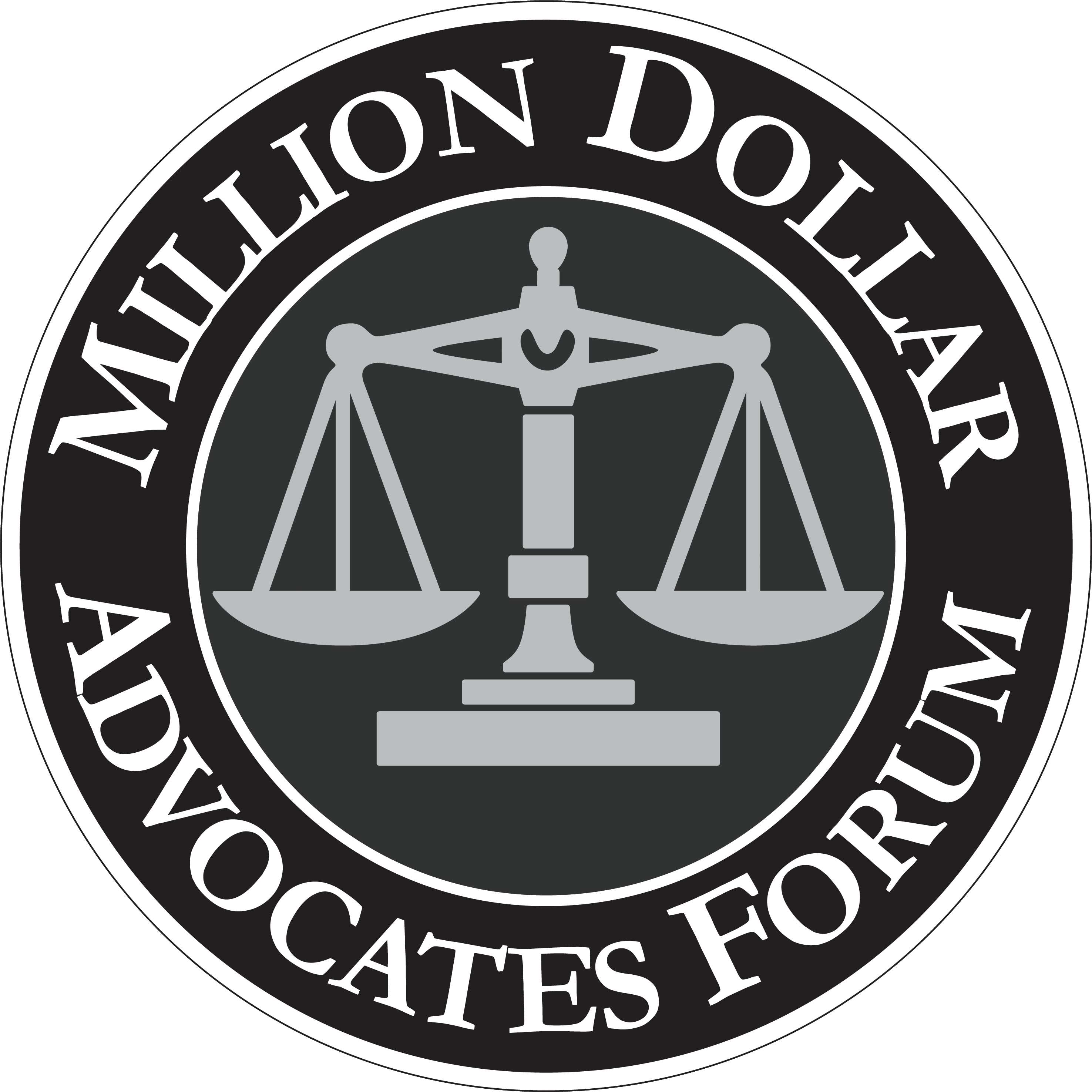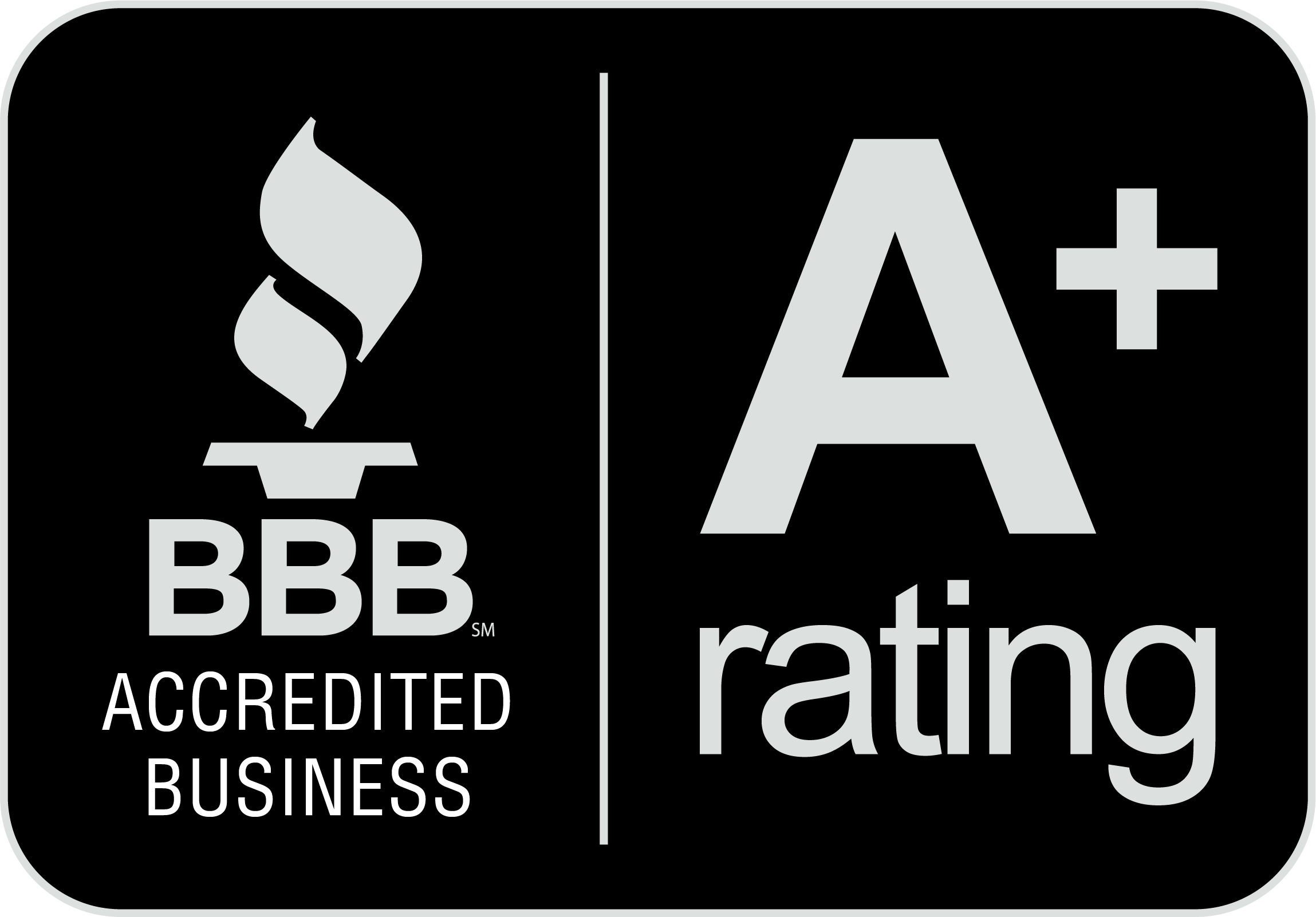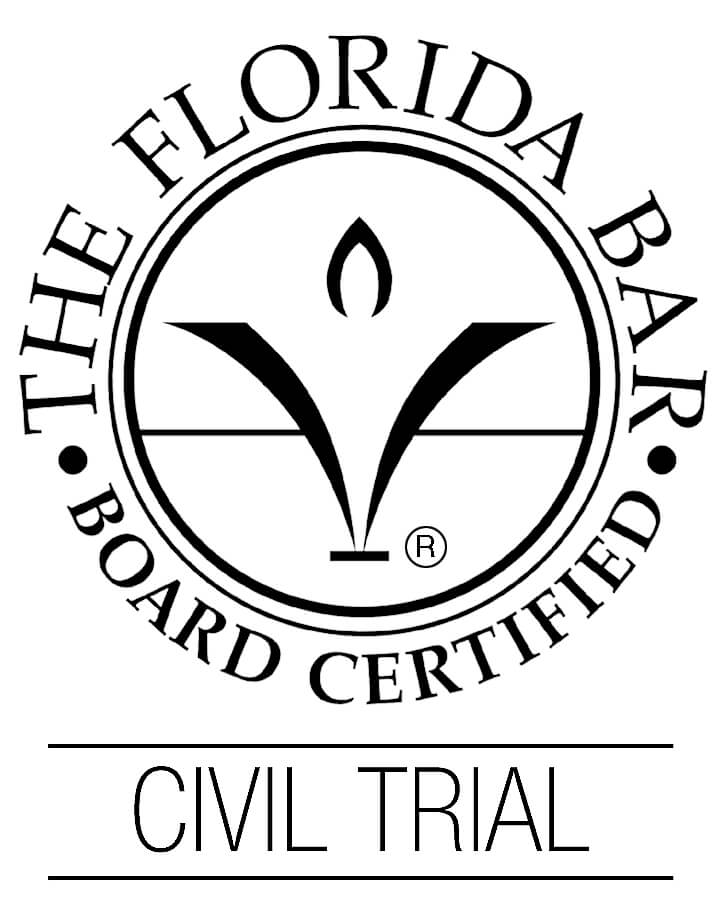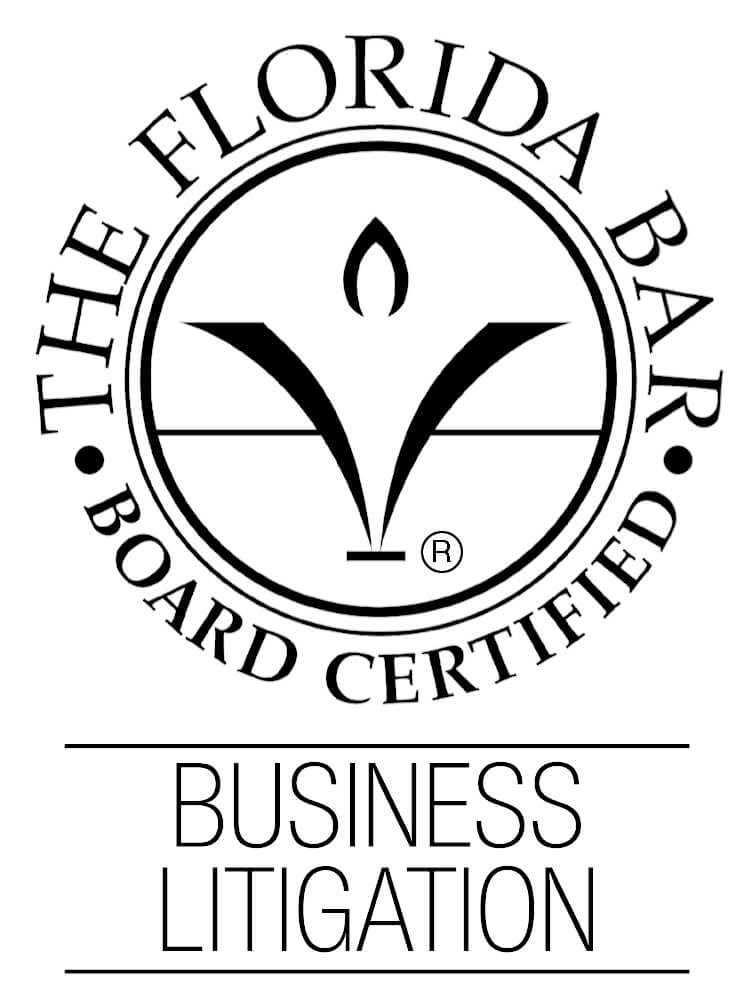Florida’s tropical climate draws tourists from around the country, but its benefits aren’t free of drawbacks, especially for property owners. From hurricanes and hail to years of wear, roof damage can happen suddenly or gradually, often with devastating consequences.
Insurance is supposed to offer peace of mind, but slow responses, underpaid claims, or outright denials can keep you from receiving the compensation you deserve. During these moments, it’s important to have a law firm you can trust beside you to ensure you don’t have to pay out of pocket for something you’re entitled to.
Since 1997, The Nation Law Firm has helped our Florida neighbors resolve claim disputes and secure the compensation they need to make repairs and move forward. We’re experienced, local, and have no upfront costs – get started today with a free case evaluation.
Common Causes of Roof Damage
Florida’s inclement weather can quickly cause more damage than you anticipate. Knowing the common causes can help you spot issues early, file more effective claims, and avoid unfair blame from your insurance provider.
Some frequent causes of roof damage include:
- Hurricanes and high winds: Strong winds can lift, crack, or remove roofing materials entirely, leaving underlying layers exposed.
- Hailstorms: Hail can puncture shingles, dislodge granules, and lead to leaks that worsen over time.
- Heavy rain and water intrusion: When water finds its way through cracks or damaged areas, it can saturate insulation, ruin drywall, and cause mold growth.
- Falling trees or debris: Storms often bring down branches or entire trees, leading to structural roof damage.
- Age and material fatigue: Over time, roofing materials weaken, making them more vulnerable to Florida’s harsh climate.
- Improper ventilation: Heat and moisture buildup from poor ventilation can cause premature deterioration and leaks.
Insurance companies may use the listed causes, especially aging or improper ventilation, as excuses to deny or underpay claims. The more you understand the real source of damage, the better positioned you are to protect your rights.
Types of Roofs and Related Insurance Claims
Florida homes and businesses use a variety of roofing materials. Insurers often evaluate damage differently based on the roof type, which can affect how your claim is handled and paid.
Here’s a quick overview of what to expect based on your roof type:
- Asphalt Shingles: Common in Florida, these are prone to wind and hail damage. Insurers often argue that missing or cracked shingles are due to age, not a covered event.
- Tile Roofs (Concrete or Clay): Tile roofs are durable but can crack or shift during storms. Insurers may deny claims by citing improper installation or maintenance issues.
- Metal Roofs: Known for longevity and wind resistance, metal roofs can still suffer dents from hail or leaks from lifted panels. Disputes often focus on whether damage affects function or appearance.
- Flat Roofs: Frequently used in commercial buildings, flat roofs are susceptible to pooling water, which leads to slow leaks. Claims may be challenged because of “poor drainage systems” or construction quality.
- Membrane Roofs (e.g., TPO, EPDM): These synthetic coverings are durable but vulnerable to punctures and seam failures. Insurers may blame damage on installation or workmanship errors.
Understanding the strengths and weaknesses of your roof can help you push back when an insurer tries to downplay the damage or deny coverage altogether.
Challenges in Filing Roof Damage Claims
You might think roof damage claims are straightforward, but that’s rarely the case. Insurance companies often look for ways to reduce what they owe, and roof claims give them plenty of opportunities to do just that.
Some of the most common challenges policyholders face include:
- Blaming the damage on poor installation
- Citing a lack of regular maintenance
- Claiming damage was pre-existing
- Minimizing damage as cosmetic only
- Denying coverage based on roof age
- Delaying adjuster inspections
- Disputing the need for full replacement
- Underestimating repair costs
- Requiring unnecessary documentation
- Refusing to acknowledge secondary water or mold damage
- Failing to respond within the required timeframes
- Issuing partial payments without explanation
- Claiming exclusions not clearly stated in the policy
If you’re dealing with any of these issues, it may be time to get legal support. The Nation Law Firm can step in to hold the insurer accountable and push the process forward, all for no upfront costs.
6 Steps to Take After Roof Damage
When your roof is damaged, taking the right steps early can protect your home, preserve your claim, and speed up the recovery process. Here’s what to do:
- Inspect the Damage (Safely): Once safe, check for damage like missing shingles, cracked tiles, or ceiling leaks.
- Document Everything: Take clear photos and videos of all damage, both inside and outside your property.
- Prevent Further Damage: Use temporary repairs to stop additional water intrusion. Keep receipts and take photos, as these costs may be reimbursable.
- Notify Your Insurance Company Promptly: Contact your insurer as soon as possible to report the damage. You may also want to request a copy of your policy to reference later on.
- Schedule an Independent Inspection: A licensed roofer or public adjuster can help document damage more thoroughly, giving your case a much stronger foundation.
- Track All Communication: Keep a log of calls, emails, claim numbers, and names of adjusters in case you need to resolve disputes down the line.
Florida law requires policyholders to file most property damage claims within one year of the event. You should act quickly and, if you encounter a challenge, understand your legal options.
Full Roof Replacement vs. Patching Repairs
One of the more common disputes in roof damage claims is whether your roof should be fully replaced or simply patched. Providers often recommend patch repairs to minimize costs on their end, but that’s not always what’s best for you.
Patch repairs to serious issues create weaknesses in your roof, making it vulnerable to future damage. Not only won’t these repairs restore full integrity, but a poor repair can affect resale value and violate local building codes, especially if the damage is widespread or structural.
You may qualify for a full replacement if:
- The damage affects large or multiple sections of the roof
- The roofing material is no longer manufactured or can’t be matched
- The repairs would create uneven wear or compromise waterproofing
- Local code requires full replacement in certain circumstances
If your provider won’t budge from patchwork repairs, request a written explanation from the insurer. This will give you the foundation for your appeal, and The Nation Law Firm can handle the rest.
Water Intrusion and Secondary Damage
Roof damage is often just the start. Once water enters your home through an opening, it can cause secondary damage, including soaked insulation, warped wood, mold growth, and compromised electrical systems, all of which can be more costly and dangerous than the damage to your roof.
Insurance challenges begin when providers claim the damage stems from poor maintenance, unrelated plumbing issues, and errors on your part to stop the water flow. Even when the damage is clear, this may result in denied, delayed, or lowball claims.
What can you do to overcome this? Here’s how:
- Document the water’s entry point and resulting damage as soon as it’s safe to do so
- Take photos of affected walls, ceilings, floors, and belongings
- Save receipts for any repairs or mitigation services (e.g., water extraction or mold testing)
- Request a full damage assessment from a licensed contractor or remediation expert
Taking these steps lays a solid foundation to move forward. The last piece is legal advice, and you can get that for no upfront costs through our free case evaluation.
Using Expert Assessments in Roof Claims
An insurance company labeling your situation as “minor” or “not covered” when it’s not can feel like you’re being dismissed. Fortunately, you can appeal their decision, but to do so may require additional evidence.
That’s where expert assessments come in. A licensed roofing contractor can inspect the damage, confirm whether repairs meet building code standards, and provide a professional estimate that reflects the real cost of restoring your roof. Public adjusters can also help document the full scope of loss and negotiate directly with your insurance company.
Both of these options do come at a cost. But if your rightful compensation is worth it, these costs might be negligible in the long run.
Bad Faith Practices in Roof Damage Claims
Insurance companies are legally and morally required to treat every claim fairly, but that’s not always the reality. Too often, insurers act in “bad faith,” a term used to describe tactics designed to delay, underpay, or outright avoid legitimate roof damage claims.
Some of the most common bad faith tactics include:
- Claiming roof damage is due to age, wear and tear, or poor maintenance, regardless of storm history or inspection reports
- Delaying inspections or payouts for weeks or months, even when evidence is clear
- Offering lowball settlements that don’t cover the real cost of repairs or replacement
- Ignoring supporting documentation or expert assessments provided by the policyholder
- Refusing to explain denial decisions in writing or providing vague justifications
Insurers acting in bad faith leave homeowners facing out-of-pocket costs they shouldn’t be responsible for, all while living under a roof that isn’t safe. If your provider is refusing to cooperate, undervaluing your losses, or dragging out the process, The Nation Law Firm can hold them accountable and help you recover what your policy promises.
Legal Support for Roof Insurance Disputes
You’ve documented the damage. You’ve followed every step. But instead of support from your insurer, you’re facing silence, shifting excuses, or a settlement offer that barely covers the basics.
This is where an attorney is most powerful. An experienced legal ally knows how insurers operate, which tactics are common, and what evidence strengthens your claim. From challenging wrongly denied claims to pushing for a full roof replacement when only patchwork is offered, the right legal partner levels the playing field and keeps your best interests protected.
If you’re dealing with delays, denials, or lowball offers, you don’t have to handle the fight alone. The Nation Law Firm Legal can help you recover the compensation you’re owed and give you back peace of mind under your own roof.
Preventing Future Roof Damage
While you can’t control every storm, you can take steps to reduce your risk of serious roof damage and make future claims easier to process if damage does occur:
- Schedule Regular Roof Inspections: An annual check by a licensed roofer can identify wear, loose shingles, or early signs of water intrusion before they become bigger problems.
- Keep Gutters and Drains Clear: Blocked gutters can lead to water pooling and damage to roofing materials and the home’s structure.
- Trim Nearby Trees: Overhanging limbs can break and fall during storms, causing punctures or structural damage to your roof.
- Use Durable Materials When Replacing or Repairing: Consider impact-resistant shingles, proper flashing, and underlayment systems that hold up better against wind and water.
- Keep Records of Maintenance and Repairs: Documenting upkeep helps prove you’ve fulfilled your obligations under your insurance policy, limiting the insurer’s ability to blame “neglect.”
Preventive maintenance gives you more control over what happens next. And when your insurer doesn’t uphold their end of the deal, The Nation Law Firm is here to help you enforce it.
Frequently Asked Questions
What are the most common causes of roof damage covered by insurance policies?
Most policies cover sudden or accidental damage from events like wind, hail, hurricanes, fire, or fallen trees. Coverage usually applies when damage is caused by a covered peril and usually excludes normal wear and tear.
How can I prove that my roof damage is not due to maintenance issues or installation errors?
A licensed roofer or inspector can assess the damage and provide a written report stating that it was caused by a sudden event, not neglect or faulty workmanship. Photographs and maintenance records can further support your claim.
What should I do immediately after discovering roof damage to my home or business?
Take clear photos of the damage, make temporary repairs to prevent further loss (if safe to do so), and contact your insurer as soon as possible. Keep receipts for any materials or emergency services used.
Can I dispute my insurance company’s decision to only patch my roof instead of replacing it?
Yes. If a patch doesn’t restore the roof to its pre-loss condition or violates Florida’s matching statute, you can challenge the decision with independent expert opinions or legal support.
How can water intrusion or mold from roof damage be included in my claim?
You’ll need to show that the water or mold damage directly resulted from the covered roof event. Photos, moisture readings, mold assessments, and repair estimates can strengthen your claim.
What types of roofing materials are more likely to result in disputes with insurers?
Tile, flat, and older shingle roofs often lead to more disputes due to matching issues, partial repair arguments, or insurer claims that the material failed due to age or improper maintenance.
What should I look for in an independent roof inspection report for an insurance claim?
A good report should include detailed photos, a written explanation of the cause of damage, the extent of repair needed, and whether replacement is recommended. It should also clearly state if a “covered peril” caused the damage.
What are my rights if my insurance company denies or undervalues my roof damage claim?
You have the right to appeal the decision, hire an appraiser or contractor for a second opinion, and seek legal help if your insurer is acting unfairly or in bad faith.
How can an attorney help with a roof damage insurance dispute?
Our team can challenge lowball offers, demand full coverage under your policy, and take legal action if necessary. We can also coordinate expert assessments and guide you through appraisals or lawsuits if the dispute escalates.
Does my insurance policy cover roof damage from aging or wear and tear?
No, most policies specifically exclude damage due to aging, deterioration, or lack of maintenance. However, sudden damage caused by a covered event may still be eligible, even if the roof is older.




